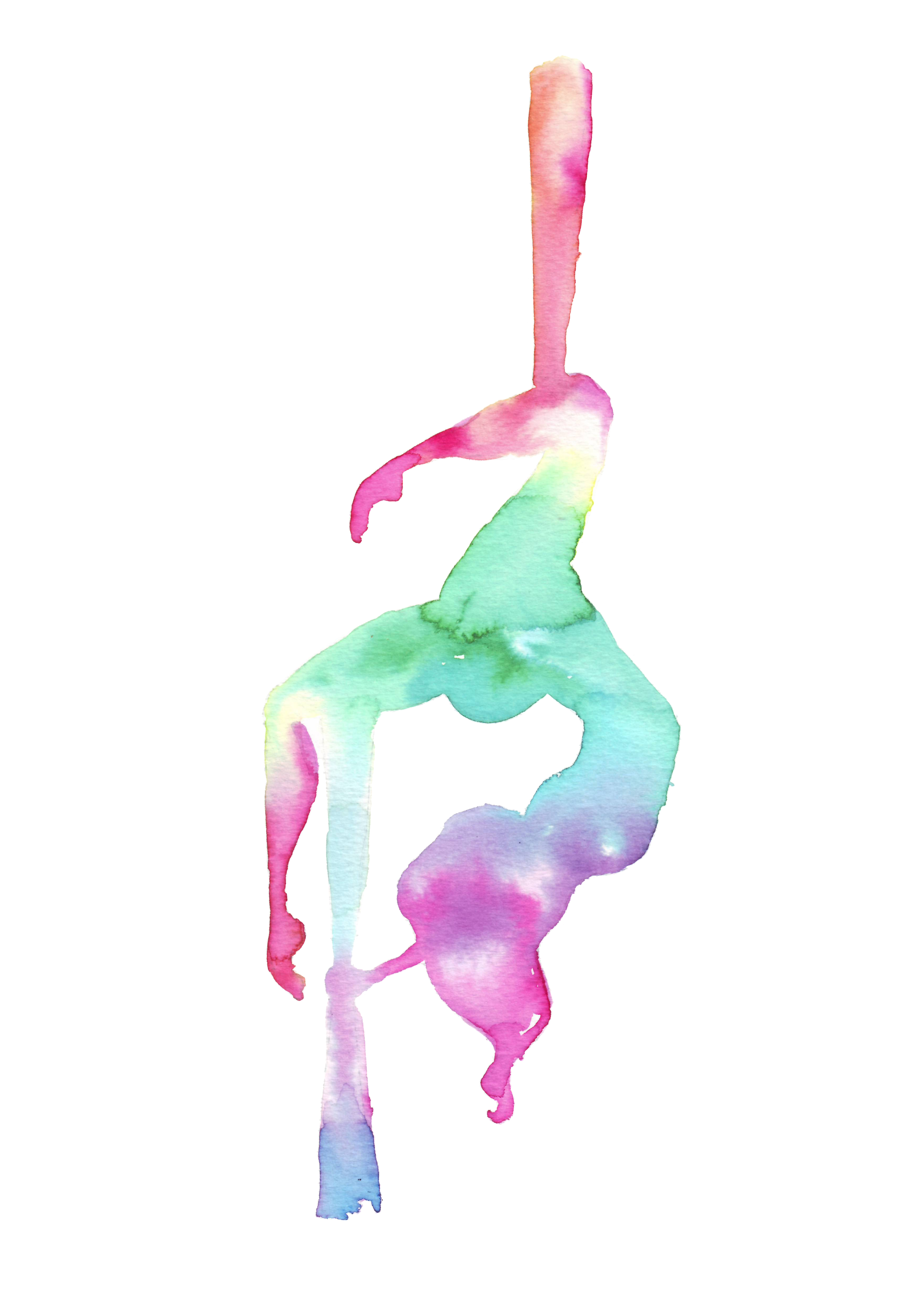Beyond the Spin: Unveiling the Art and Power of Pole Dance Fitness
- Tricia with Altitude

- Nov 19, 2023
- 2 min read
Pole dance is a form of performance art and exercise that involves dancing and performing acrobatic moves on a vertical pole. It's often associated with fitness and entertainment, and it has gained popularity as both a workout routine and a visually captivating performance art.
Pole dance has often been associated with strip clubs, but it's important to note that the art form has evolved far beyond that singular context. Modern pole dance focuses on athleticism, artistry, and personal expression, and many enthusiasts participate in pole fitness and competitions rather than performing in adult entertainment venues.
Here's a breakdown of the key aspects of pole dance:
Pole Setup: A typical pole used for pole dancing is a metal or brass pole that's securely anchored to the floor and ceiling. It's designed to support the weight of the dancer and allow them to perform various moves.
Fitness and Strength: Pole dance is an excellent workout that engages various muscle groups, including the core, arms, shoulders, and legs. The dancer uses their own body weight to perform spins, holds, climbs, and inversions, which help build strength, flexibility, and endurance.
Acrobatic Moves: Pole dancers perform a wide range of moves that involve gripping the pole with different parts of their body, such as hands, thighs, and feet. These moves include spins (rotating around the pole), holds (gripping the pole while suspended off the ground), and more complex maneuvers like inversions (going upside down).
Choreography and Dance: Pole dance is more than just acrobatics; it's a form of dance that incorporates fluid movements, transitions, and dance routines. Dancers often combine spins and holds with graceful body movements to create visually captivating performances.
Styles and Expression: There are various styles within pole dance, ranging from sensual and expressive routines to more athletic and gymnastic performances. Some dancers focus on storytelling, while others emphasize technical skills and creativity.
Costumes and Performance: Pole dance performances often include costumes that enhance the visual appeal and theme of the routine. Performers might wear outfits that range from athletic wear to elaborate costumes, depending on the style of their routine.
Artistic Expression: Pole dance provides a platform for artistic expression, allowing dancers to convey emotions, tell stories, and connect with the audience through movement and performance. Some performances may incorporate music and props to enhance the overall experience.
Community and Competitions: The pole dance community is supportive and diverse, with enthusiasts of all genders and backgrounds. There are pole dance studios, workshops, and competitions where dancers can showcase their skills and learn from one another.
In summary, pole dance is a multifaceted art form that combines fitness, strength, dance, and artistic expression. It challenges the body and mind while allowing individuals to explore their creativity and celebrate their physical abilities.
Most pole dance studios offer a wide variety of pole dance classes, and we encourage everyone to explore the multi-faceted aspects of this exciting fitness style.




Comments